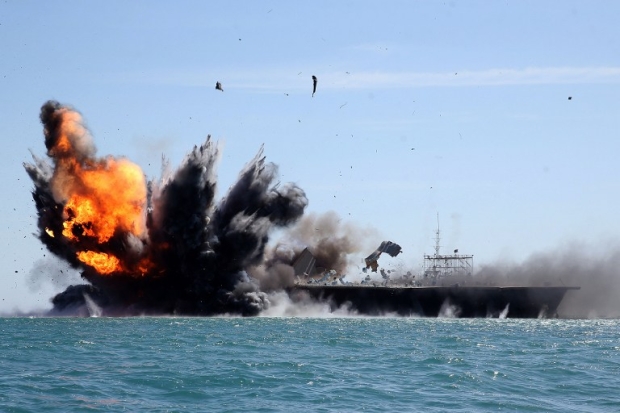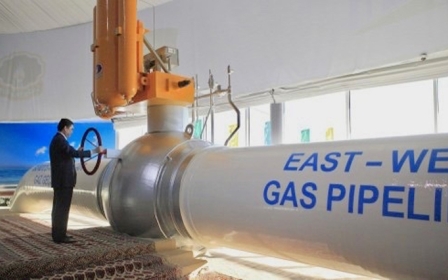US navy fires warning shots at Iranian vessels

A US navy destroyer fired three warning shots at four Iranian fast-attack vessels after they closed in at a high rate of speed near the Strait of Hormuz, two US defence officials told Reuters on Monday.
The incident, which occurred on Sunday and was first reported by Reuters, comes as US President-elect Donald Trump prepares to take office on 20 January.
In September, Trump vowed that any Iranian vessels that harass the US navy in the Gulf would be "shot out of the water".
The officials, speaking on the condition of anonymity, said the USS Mahan established radio communication with the Islamic Revolutionary Guard Corps boats but they did not respond to requests to slow down and continued asking the Mahan questions.
The navy destroyer fired warning flares and a US. Navy helicopter also dropped a smoke float before the warning shots were fired.
The Iranian vessels came within 800 meters of the Mahan, which was escorting two other US military ships, they said.
The IRGC and Trump transition team were not immediately available for comment.
One official said similar incidents occur occasionally.
Most recently in August, another US navy ship fired warning shots towards an Iranian fast-attack craft that approached two US ships.
In January 2016, Iran freed 10 US sailors after briefly detaining them in the Gulf.
The official added that the warning shots fired on Sunday were just one of seven interactions the Mahan had with Iranian vessels over the weekend, but the others were judged to be safe.
Middle East Eye propose une couverture et une analyse indépendantes et incomparables du Moyen-Orient, de l’Afrique du Nord et d’autres régions du monde. Pour en savoir plus sur la reprise de ce contenu et les frais qui s’appliquent, veuillez remplir ce formulaire [en anglais]. Pour en savoir plus sur MEE, cliquez ici [en anglais].





